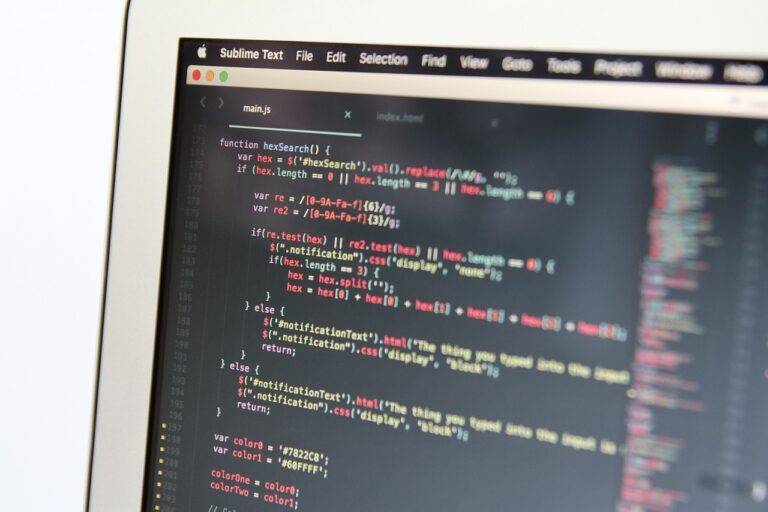The Economics of Green Energy: Cost-Benefit Analysis for Businesses
Implementing green energy solutions in businesses can lead to a reduction in carbon footprint. By harnessing renewable sources of energy such as solar or wind power, companies can significantly decrease their reliance on fossil fuels, thereby contributing to a healthier environment. This eco-friendly approach not only helps in the fight against climate change but also showcases a commitment to sustainability, which is increasingly valued by consumers and stakeholders alike.
Furthermore, adopting green energy solutions can result in long-term cost savings for businesses. While the initial investment may seem daunting, the potential for lower energy bills and government incentives can offset these costs over time. By prioritizing energy efficiency and utilizing renewable resources, companies can not only reduce operational expenses but also future-proof themselves against rising energy prices and volatile market conditions.
The Potential Cost Savings of Switching to Green Energy
Switching to green energy solutions can result in significant cost savings for businesses. By leveraging renewable sources such as solar or wind power, companies can lower their energy bills and reduce their dependence on traditional fossil fuels. This transition not only contributes to a more sustainable environment but also presents a viable economic advantage for organizations looking to optimize their operational expenses.
Furthermore, implementing green energy solutions can lead to long-term financial benefits for businesses. By investing in technologies like energy-efficient lighting systems or smart thermostats, companies can lower their energy consumption and decrease their overall utility costs. This proactive approach not only helps organizations mitigate the impacts of fluctuating energy prices but also positions them as environmentally conscious entities in today’s growing sustainability-focused market.
What are some benefits of implementing green energy solutions for businesses?
Implementing green energy solutions can help businesses reduce their carbon footprint, lower energy costs, and demonstrate a commitment to sustainability.
How can switching to green energy lead to cost savings?
Switching to green energy can lead to cost savings by reducing energy consumption, minimizing the need for fossil fuels, and taking advantage of government incentives and rebates.
Are there any upfront costs associated with switching to green energy?
Yes, there may be some upfront costs associated with switching to green energy, such as purchasing renewable energy equipment or upgrading existing systems. However, these costs are often outweighed by long-term savings.
What are some examples of green energy solutions that businesses can implement?
Some examples of green energy solutions that businesses can implement include solar panels, wind turbines, energy-efficient lighting, and geothermal heating and cooling systems.
How long does it typically take for businesses to see a return on their investment in green energy solutions?
The time it takes for businesses to see a return on their investment in green energy solutions can vary depending on factors such as the size of the investment, energy usage, and available incentives. However, many businesses see a return on their investment within a few years.





